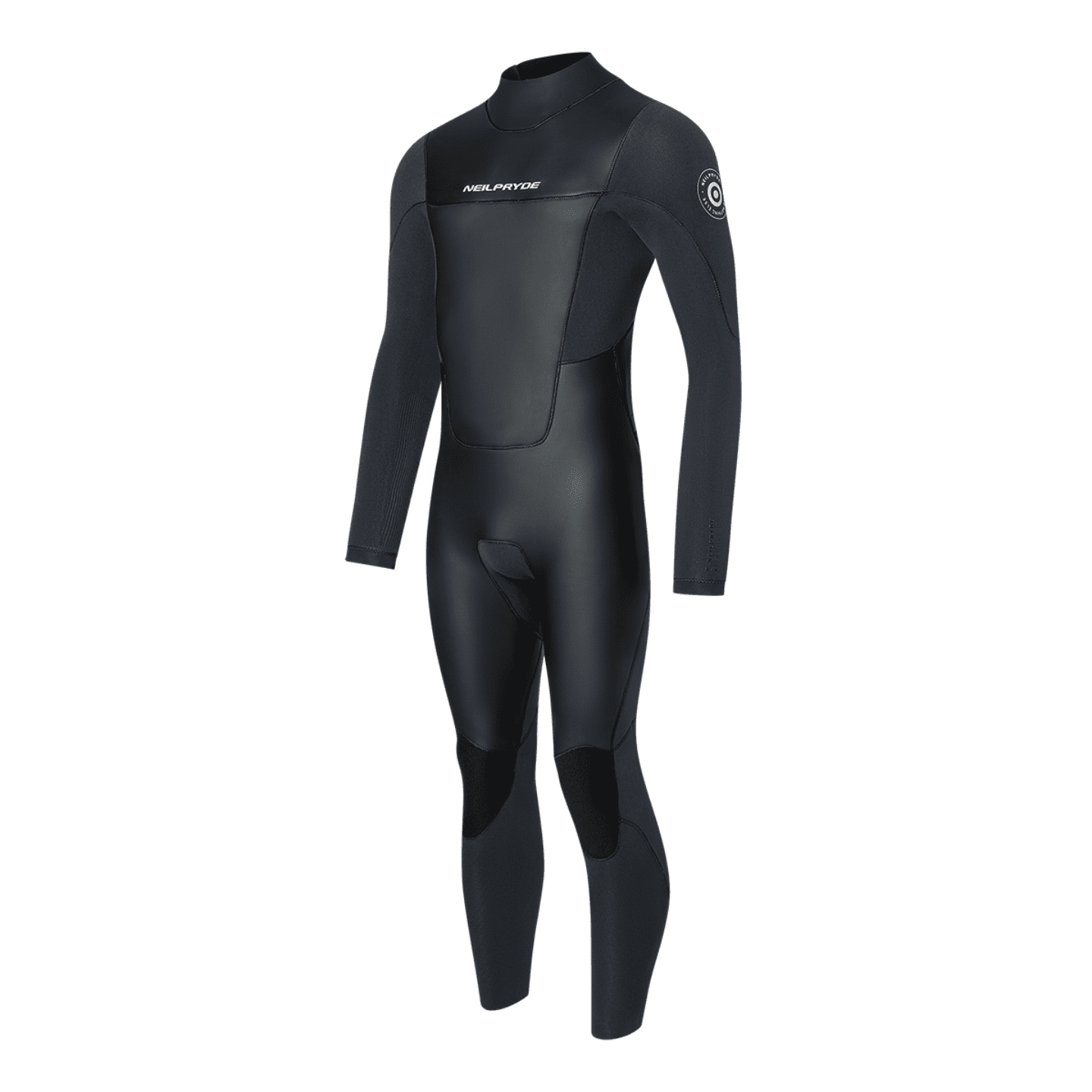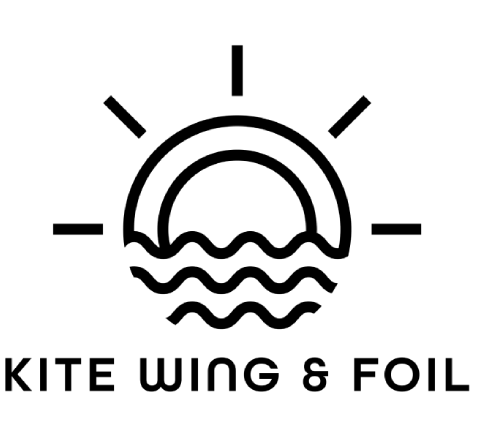
Now This Is How To Select The Right Neilpryde Wetsuit
Introduction:
Wetsuits are for people who love water activities. They help you stay warm. So you can enjoy the water even when it is cold. It is important to select the right thickness for your best neilpryde wetsuit. But that is not the only thing to consider. There are other things that you have to keep in mind
Wetsuits Overview
Wetsuits are made of neoprene. They keep you warm and safe in the water. They work by keeping a thin layer of water between you and the suit. Your body warms up this water, keeping you warm even if the water is cold.Neil Pryde wetsuits don't keep you completely dry. Neoprene has tiny closed cells filled with air that trap heat, keeping you warm. The thicker the neoprene, the warmer the suit will be because it traps more heat.
Thickness Aspect
A thick wetsuit will keep you warm. They measure it in millimeters. They usually give it as two or three numbers, with slashes between them. The first number shows how thick the neoprene is around your torso. The second number is for your arms and legs. Sometimes there is a third number just for the arms.The thicker neoprene (the first number) is used around your torso. That is where your main body heat is. Keeping your core warm is important. This is to avoid getting too cold. The thinner neoprene (the second or third numbers) is used for your arms and legs. Thicker neoprene keeps you warmer. But it makes it harder to move. So, they use thicker neoprene where you need less flexibility. Thinner neoprene is used where you move a lot.
The Fitting Of Wetsuit
The wetsuit should fit well. There should not be any bagginess in the back. There should not be extra material in the arms or legs.It has to be tight. Only a thin layer of water must stay between you and the suit. If it is too loose then too much water will flow through. It will not keep you warm.
The neck area should also fit tightly. Some people wear a rashguard underneath. This is to avoid irritation. Many women wear a swimsuit under their wetsuit. This is for added protection and support.
If your wetsuit does not fit properly, it won't keep you warm. It will not let you move properly for your activity. Check the size charts of neilpryde wetsuit. Only after that buy it.
When you wear your wetsuit, it should not have extra space in the torso, crotch, shoulders, or knees. It might be hard to put on, especially when it's dry.
(Here is a tip: Keep your socks on to help your feet slide in easily)
Once you have got it on, lift your arms up. Stretch your shoulders. It should feel a bit tight but not too much. If it feels like there is a lot of pressure, then the suit might be too small.
You should be able to squat down and move your arms easily. Thicker wetsuits can be a bit harder to move in.
Every brand fits a bit differently. Choose one that fits your body well.
Seam Seals
There are different types of seam seals for wetsuits:Flatlock Wetsuit Stitching
- Best for water above 62°F.
- Lies flat against your body, so it's comfy.
- Might let in a bit of water.
Sealed Wetsuit Seams (Glued and Blindstitched)
- Recommended for water at 55°F and higher.
- These seams are glued and then stitched without piercing all the way through the neoprene.
- This makes them watertight.
- They let in very little water.
Sealed and Taped Wetsuit Seams (Glued, Blindstitched, and 100% Taped)
- Best for water at 55°F and below.
- These seams are glued, stitched, and have interior tape.
- The tape adds strength, reinforces the seam, and stops any water from getting through.
Zippers
Wetsuits come with different types of zippers: front/chest zip and back zip. Let's break them down:Back Zip Wetsuits
This is the classic style with the zipper running down your back. It is usually easier to get in and out of compared to other styles because of the long zipper.water can sometimes sneak in through the seams, especially in cold water. This can be uncomfortable.
Some companies have developed technologies to reduce this problem. When you bend forward, the suit can feel tight in the back. This limits your movement a bit.
Chest Zip Wetsuits
These suits have a zipper around the neck area. You get into them by dropping down through the neckline. Then you pull the rest over your head and zip it up at the chest.They are trickier to get into and out of compared to back zip suits.
They are better at keeping water. They feel more comfortable around the neck. This reduces the risk of rashes.
They also offer more flexibility because there's no zipper in the back.
Zipperless Wetsuits
These suits don't have zippers at all. They are lighter and thinner, around 3/2mm thickness.They prioritize flexibility over warmth. Entry points for these suits are usually around the chest or neck. These can be closed with a small zipper, elastic, or velcro.
Types And Lengths
There are different types and lengths of wetsuits designed for various conditions. Let's break them down:Full Wetsuits
These cover your whole body. They come in various thicknesses for different water temperatures.They cover your arms and legs completely. They cover up to your wrists and ankles.
Shorty Wetsuits / Springsuits / Short Johns
These have thinner material and shorter legs and arms. They are mainly for warmer water.Long John/Jane Wetsuits
Similar to full suits. But they have thinner neoprene (usually 1.5 to 2mm). There is no material on the arms, for warmer waters.Wetsuit Tops
These are like vests made from 0.5-2 mm neoprene. They can be paired with board shorts or bikini bottoms.They are mainly for warmer water sports. You can also wear them under a full suit for extra warmth in cold water.
Wetsuit Bottoms
These are pants, leggings, or shorts made of neoprene. They are mainly for warmer water.Rashguards
These are lightweight shirts made of Lycra or other UV-resistant materials.They protect against the sun and sand. They can be worn under a wetsuit to prevent irritation.
